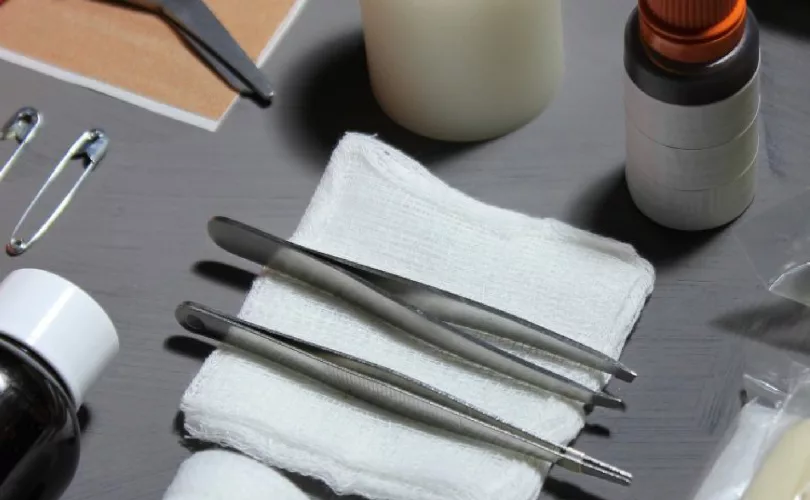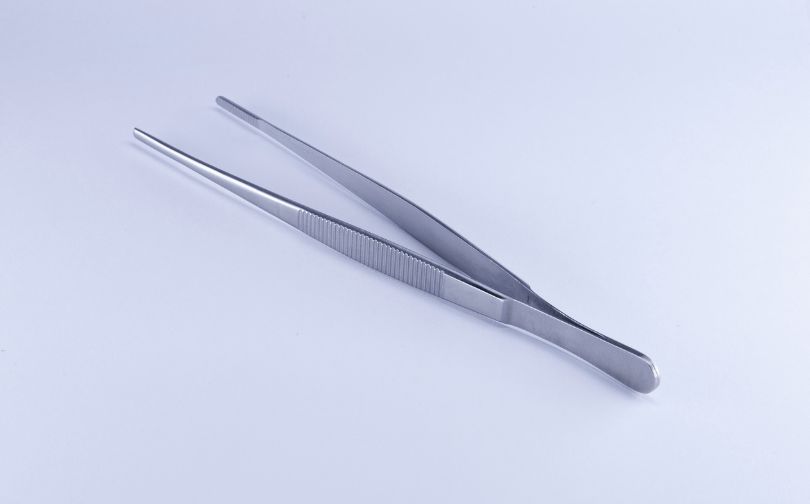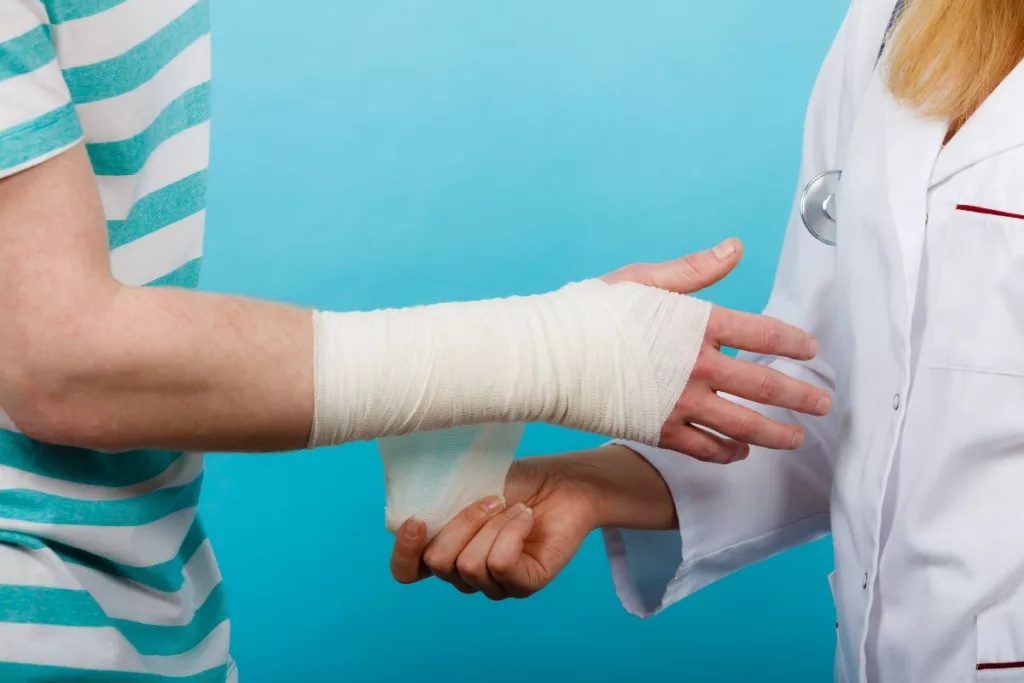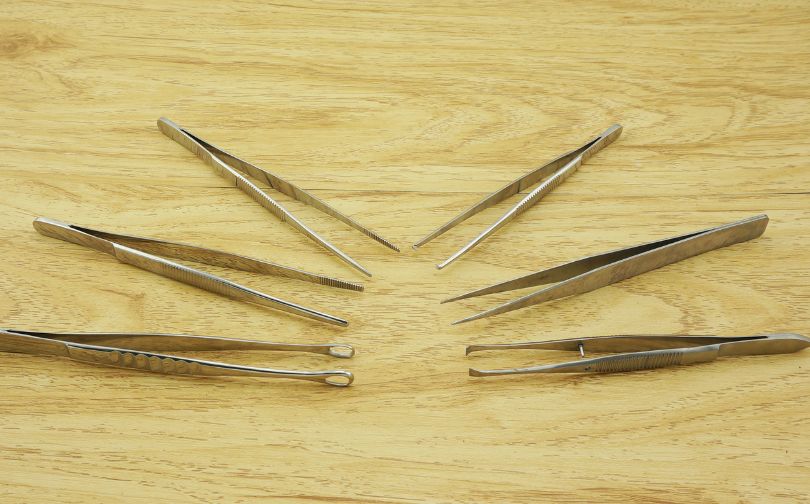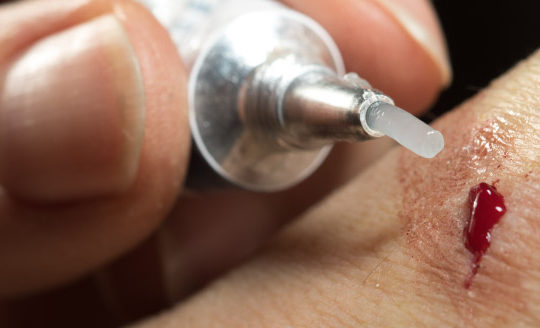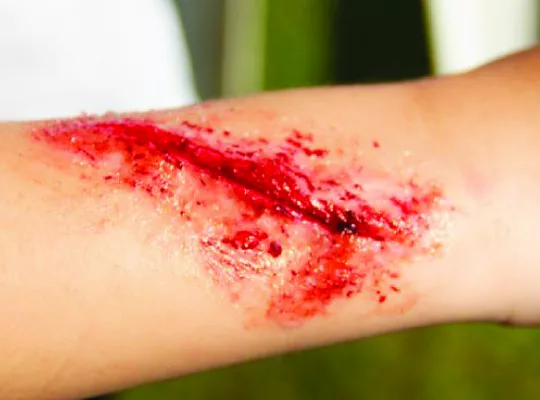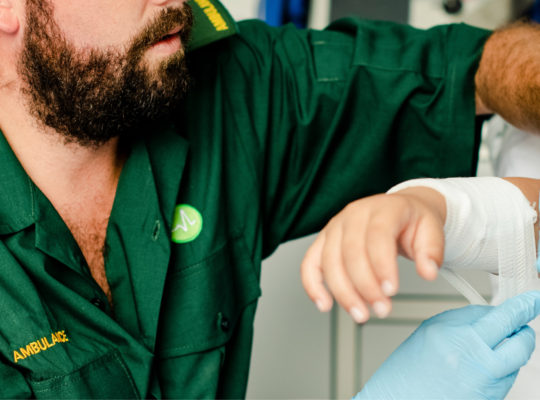First aid tweezers are essential tools in any emergency kit, but many people don’t fully understand their importance. When an accident happens, having the right tools can make all the difference. Whether you’re dealing with painful splinters, ticks, or glass fragments, tweezers are designed to help with precise removal, ensuring further damage or infection is avoided.
One interesting fact: tweezers can be a lifesaver when removing ticks, as improper handling can increase the risk of disease transmission.
In this guide, we’ll break down exactly how and when to use tweezers in first aid situations. You’ll learn how this small tool can be one of the most effective items in your kit, preventing infections and improving recovery.
Why Are Tweezers So Important To Keep In A First Aid Kit?
Tweezers are very similar to scissors, in the sense that both are usually considered smaller additions to a first aid kit, but are both still incredibly important and essential for helping to relieve pain after a person has picked up a nasty injury.
The primary difference however is that while first aid scissors can remove obstructions by slicing them apart, tweezers simply remove debris by carefully pulling it out steadily and carefully, which is something the normal human hand can often struggle to do without hurting the individual even more.
No matter how we end up with a wound, whether it’s from taking a sudden fall or cutting ourselves with a kitchen knife by accident, it’s always going to leave behind a lot of mess in the skin that needs to be removed, otherwise, it can end up leading to a lot more pain.
Because of how tiny tweezers are, they are therefore the most accurate tools we have for removing the smallest obstructions from our body, some of which may be too small to even be able to see with our own eyes.
Different Uses For Tweezers In First Aid
While tweezers may be small in their appearance, and are usually very cheap to buy depending on the material you choose to go with, they actually have multiple different medical uses.
Let’s take a look at the different ways you can use tweezers medically, and when you should bring them out from your first aid kit.
Removing Debris
As mentioned previously, a wound is almost always going to be full of debris, whether it’s glass, wood, or dirt, so you’re going to need a pair of tweezers to pull each piece out carefully without yanking it out, which many of us tend to do without realizing it with our own hands.
Dirt or foreign objects that are left in a wound can highly increase the rate of an infection, so you should always keep a pair of tweezers handy not only to ease the pain in the short term, but also to ensure that the wound heals properly in the long run.
Pull Out A Stinger
While wasps and hornets don’t tend to leave behind their stingers after they sting a person, bees always will, and if you’ve ever experienced the sharp burning pain that comes from a bee sting, you know that it is one of the most unpleasant feelings out there, so removing the stinger immediately should be your top priority.
When using tweezers to remove a stinger, make sure that you only lightly press down on the stinger and never use too much pressure while handling it, otherwise, it can cause more venom to release into the skin.
Take Out A Splinter
Splinters usually don’t cause a lot of damage to the skin as long as they are removed quickly, however, they can definitely be very irritating and can easily put anyone in a bad mood for the day, so it’s well worth removing them by using a pair of tweezers.
It’s very common for splinters to appear under a person’s fingernail, and when this happens, there is no tool that’s going to be more suited to pulling it out than a pair of tweezers since you will only need to grab the very tip of the splinter to safely remove it.
If the splinter is firmly under the fingernail and you can’t get a grip on it, try placing either baking soda, banana peels, or potato skins under the skin since this will cause it to swell up, pushing the splinter outwards toward the nail so that you can grab it with the tweezers.
Handling Bandages
If you have been healing a person’s wound with your first aid kit and have used a few bandages to stop their bleeding or to hold a dressing in place, you don’t want to be using your bare hands to get rid of the bandages, otherwise it can cause cross-contamination.
Therefore, an easy way to handle bloody bandages without putting yourself at risk is simply using tweezers to pick them up and dispose of them.
What To Do After Removing Debris From A Wound
Once you have removed any glass, wood, or dirt from a wound with your tweezers, use an antibiotic cream or ointment to help keep the skin moist while also ensuring that it doesn’t become infected.
You may not always need to use these if it’s only a minor scrape or cut, but it can still be worth applying a very thin layer since it will still boost the body’s natural healing process, making it a lot faster and reducing the risk of any scarring showing up.
You will then need to place a clean non stick bandage over the wound to keep any germs away. Make sure to change the bandage at least once a day so it remains effective, and check on the wound at the same time to see how close it is to being fully healed.
What Type of Tweezers Should You Consider for Your First Aid Kit?
When selecting tweezers for your first aid kit, it’s essential to choose the right type based on your expected needs. Pointed tweezers are ideal for precision tasks such as removing splinters or ticks. Their sharp tips allow for accurate handling of small objects embedded in the skin, making them useful in delicate situations. These tweezers are a reliable option if your kit will be used for outdoor activities where splinters are a common risk.
For a more versatile tool, slant-tip tweezers offer a good balance between precision and ease of use. They are effective for removing debris and can be used for handling dressings. The slanted design provides a wider surface area to grip objects, making them useful in various first-aid scenarios without sacrificing accuracy.
Flat-tip tweezers are best suited for handling larger objects or applying dressings without causing punctures. Their broader tips ensure that they can securely grip larger materials, making them an important tool if your kit includes bandages or if you need to apply pressure without damaging the material.
Curved-tip tweezers are helpful when you need better visibility or access to awkward areas. Their angled design allows for easier removal of objects from deep or angled wounds. This makes them particularly useful in situations where the object is not easily accessible with straight tweezers.
Additionally, some tweezers come with features like an attached magnifier, which can assist in removing hard-to-see splinters. This is especially useful in low-light conditions or when dealing with very small debris.
Best Material For Tweezers
When you’re picking up a new pair of tweezers, there will be more than a few options for you to choose from, however, when it comes to medical use, stainless steel and titanium tweezers will always be the best choices.
This is because they are rust-resistant, hypoallergenic, and very easy to clean and maintain, so they will easily last for several years, or even decades, as long as they are properly cared for.
You can still use plastic tweezers in the same way you would with the other materials, but they are not going to last anywhere near as long and can be a lot less reliable because of how much weaker the material is.
Because of this, plastic tweezers are much better suited to technical settings since they will not conduct a charge, so while they might look tempting because of how much cheaper they tend to be, if you want a tool that is guaranteed not to break down on you too easily, stainless steel and titanium are much more ideal for placing in a first aid kit.
Summary
When your packing a first aid kit with bandages, gloves, plasters, and eye dressings, it can be incredibly easy for tweezers to become somewhat of an afterthought, but now that you know how they can be used, you will also be fully aware of why they are considered so important.
FAQs
What Is the Purpose of Tweezers?
Tweezers are small tools used to grasp and manipulate tiny objects, commonly in personal grooming or medical procedures. They help remove unwanted hair or foreign objects like splinters. Their fine tips allow for precision handling, making them useful in situations where fingers are too large or clumsy.
How Can Tweezers Prevent Infections When Removing Foreign Objects?
Tweezers help prevent infections by enabling accurate removal of foreign objects without excessive skin trauma. By carefully extracting items like splinters, tweezers reduce the chance of bacteria entering the wound, which could otherwise cause infections if the object remains lodged in the skin.
How Can You Ensure Tweezers Remain Sterile During Use?
Sterilize tweezers by cleaning them with rubbing alcohol or disinfectant before and after each use. You can also boil or steam them for additional sterilization. Make sure to dry tweezers completely before storing them in a clean container to prevent rust or contamination.
What Should You Do if a Fragment Is Too Deep for Tweezers to Reach?
If a fragment is lodged too deeply, it’s best to seek medical attention. A professional can safely remove the object with the right tools. Trying to remove deeply embedded fragments at home can lead to injury or infection, so avoid further attempts without proper care.

